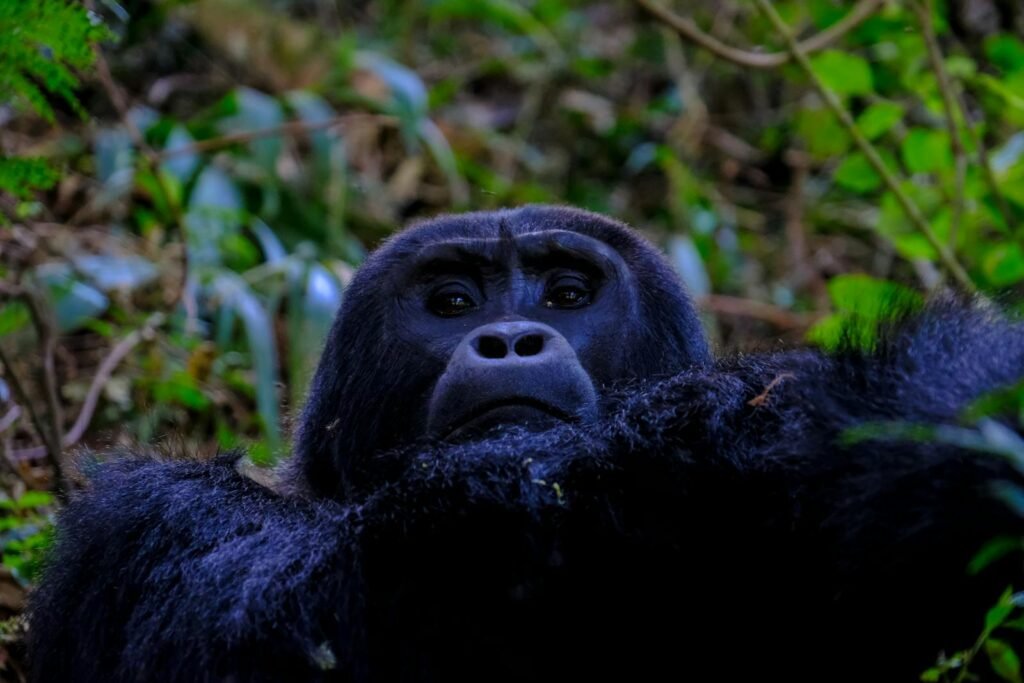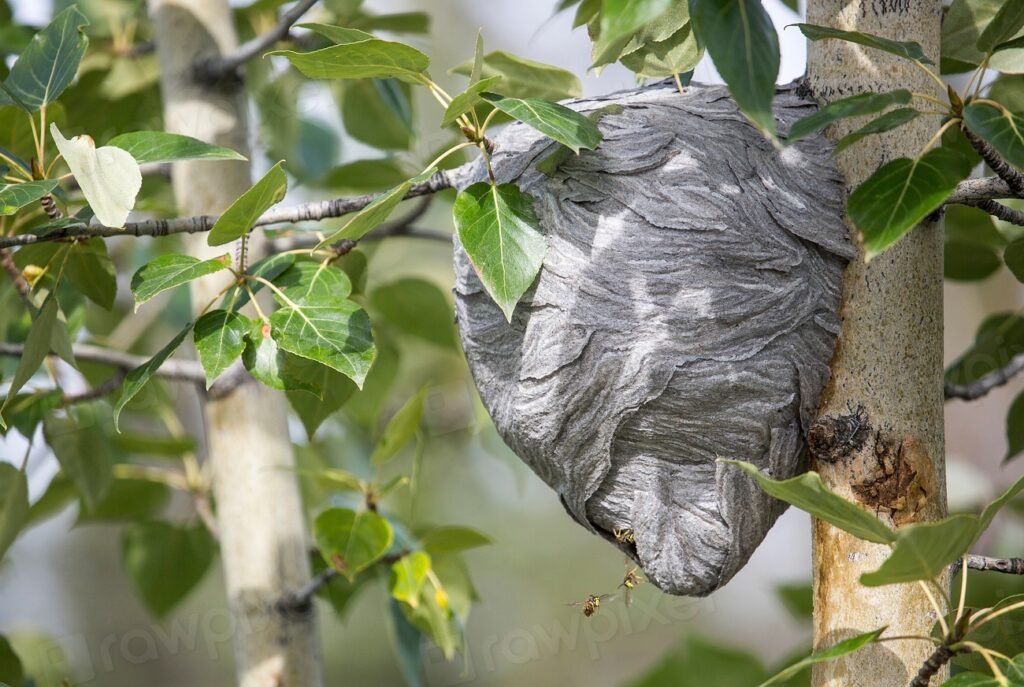The Amazon rainforest, often called the lungs of our planet, is teetering on the edge of an ecological cliff. Imagine walking beneath the towering emerald canopy, hearing the chorus of unseen creatures, and feeling the sticky warmth of life itself pulsing around you. Now, picture that same landscape transformed into a dry, open savanna—trees replaced by sparse grass, rivers shrinking, and the vibrant tapestry of life fraying at the seams. It almost feels unthinkable, doesn’t it? Yet, scientists warn that this nightmare scenario is no longer just the stuff of dystopian fiction. The Amazon’s fate hangs in a delicate balance, swayed by shifting rainfall, relentless deforestation, and the ever-tightening grip of climate change. The question that haunts researchers, indigenous communities, and anyone who cares about our planet is chillingly simple: How close are we to the point of no return?
Understanding the Amazon’s Unique Ecosystem
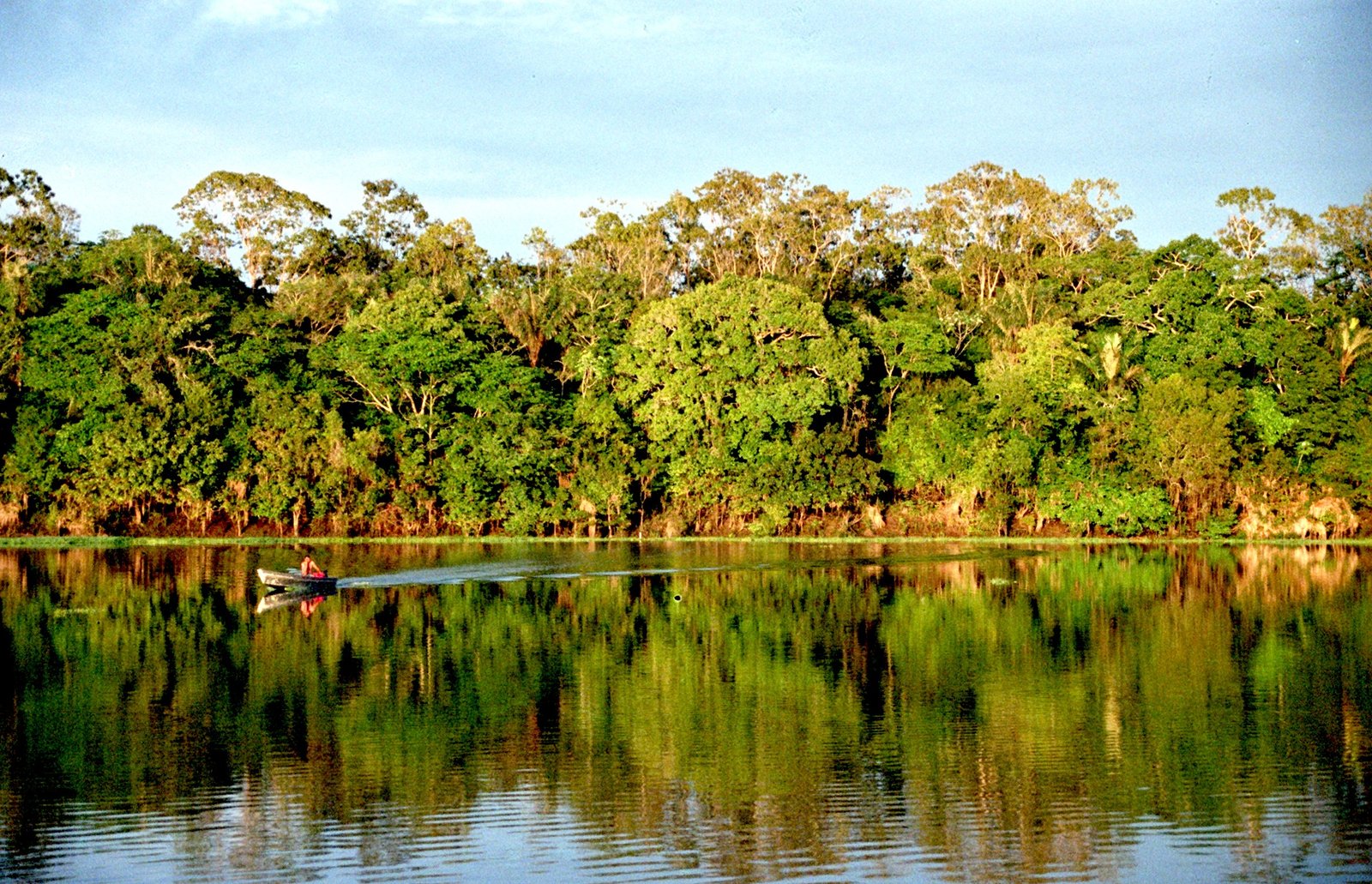
The Amazon rainforest isn’t just a big collection of trees—it’s one of the most complex and diverse networks of life on Earth. Spanning nine countries and covering over five and a half million square kilometers, it’s home to more than 400 billion individual trees and thousands of animal species. Its dense canopy and tangled undergrowth create a world where sunlight barely touches the forest floor, and every inch teems with life. This intricate web is held together by a careful balance of rainfall, humidity, and biodiversity. Even a small disruption can ripple across the ecosystem, with consequences that are hard to predict but impossible to ignore.
The Science of Tipping Points
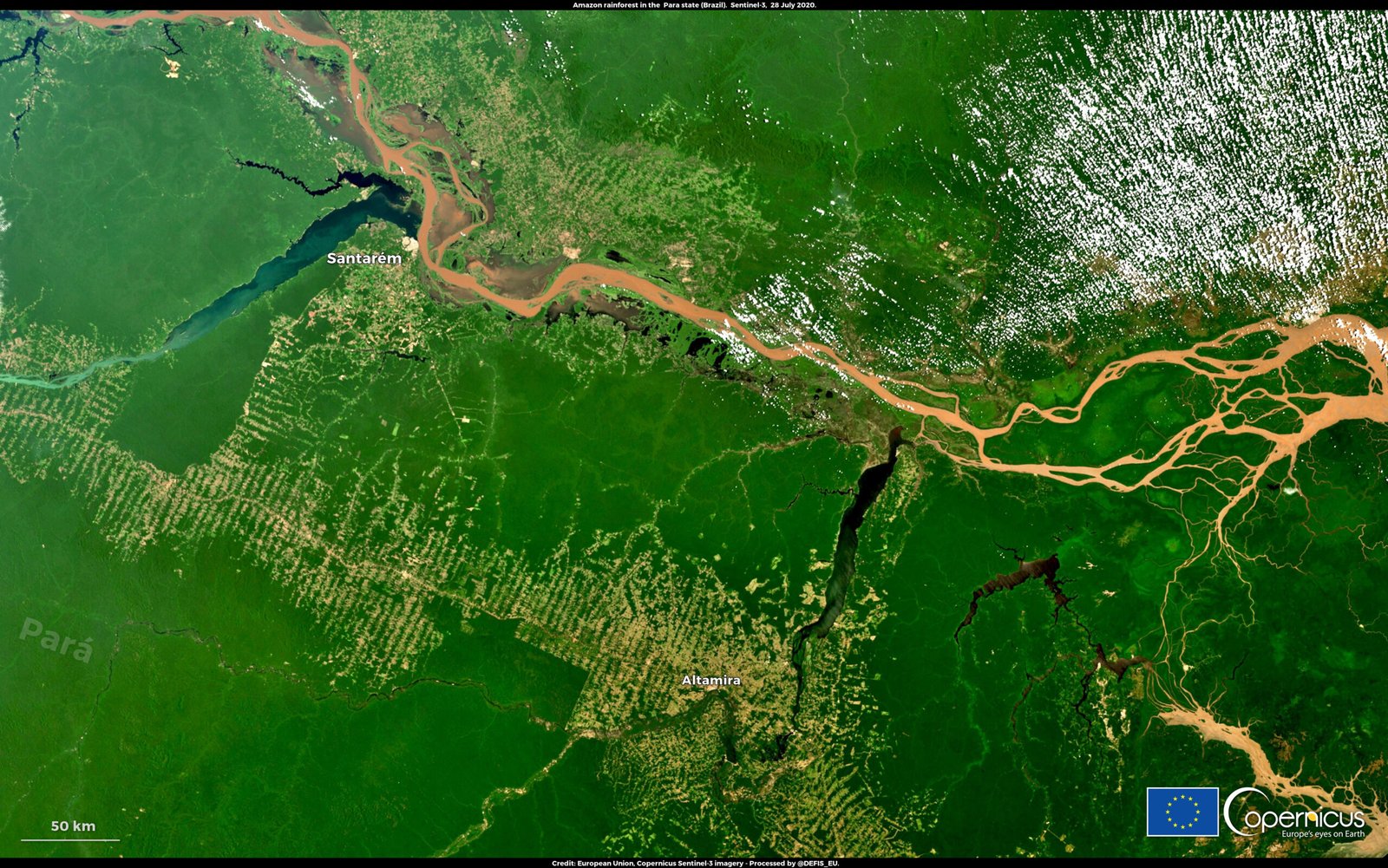
In ecology, a tipping point is a threshold where a small change can push a stable system into a completely different state. Think of it like a canoe: as you lean, it wobbles, but lean just a bit too far and—splash!—you’re underwater. For the Amazon, the tipping point is the moment when deforestation and climate change combine to shift the rainforest into a savanna-like landscape. Once crossed, this line is almost impossible to reverse, because the new state becomes self-reinforcing. Scientists use computer models and real-world observations to try and pinpoint this boundary, but the complexity of the Amazon makes it a moving target.
Rainfall: The Amazon’s Lifeblood
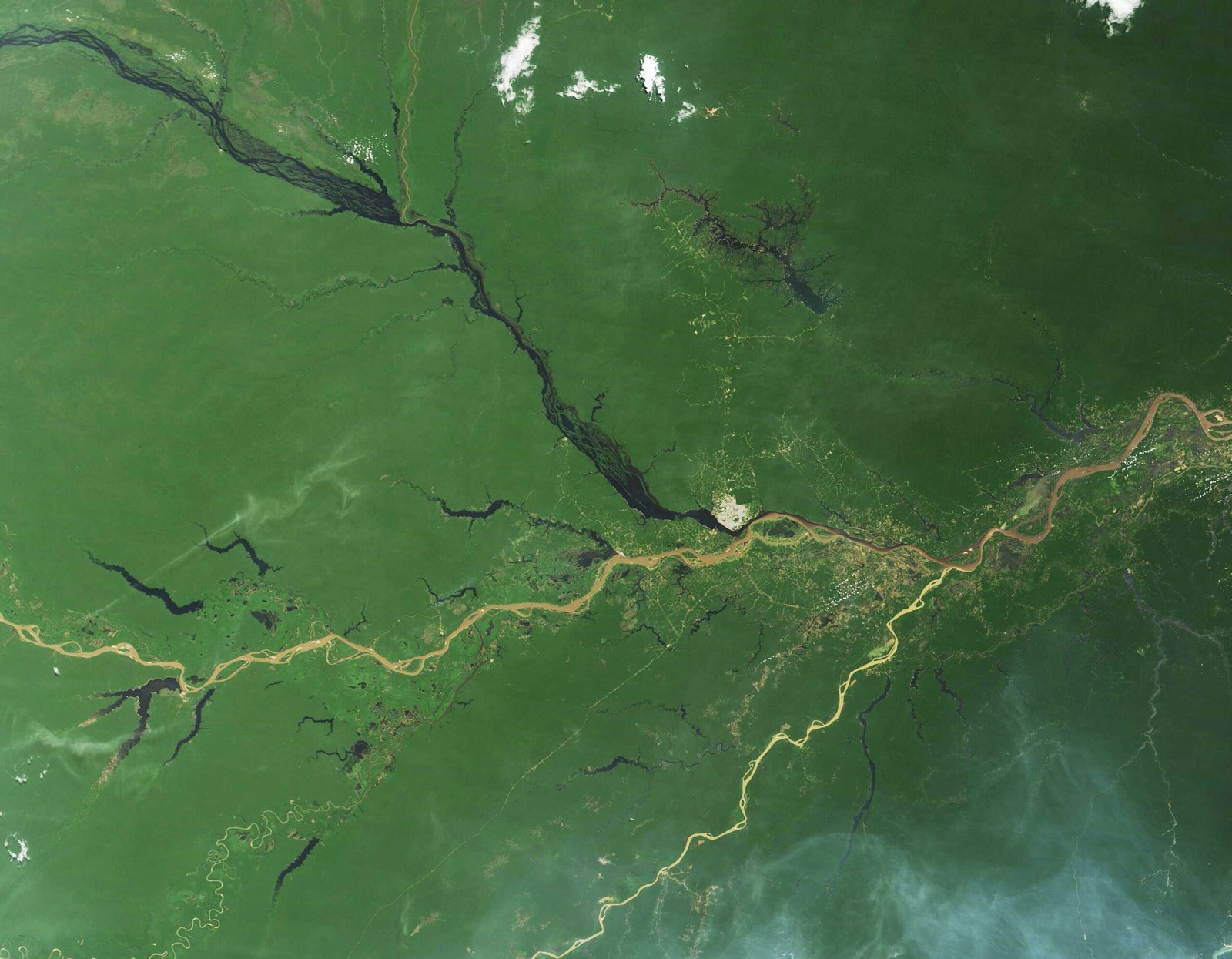
The Amazon doesn’t just rely on rain—it creates its own. Through a process called transpiration, trees release water vapor into the air, forming clouds and triggering rainfall. It’s a beautiful cycle, like the forest breathing in and out. But when too many trees are lost, this cycle starts to break down. Rainfall becomes erratic, dry seasons lengthen, and fires become more common. Some areas of the rainforest are already experiencing longer droughts, with rivers running dry and local climates shifting. If this trend continues, vast stretches could become too dry to support the lush, leafy giants that define the Amazon.
Deforestation: The Relentless Axe
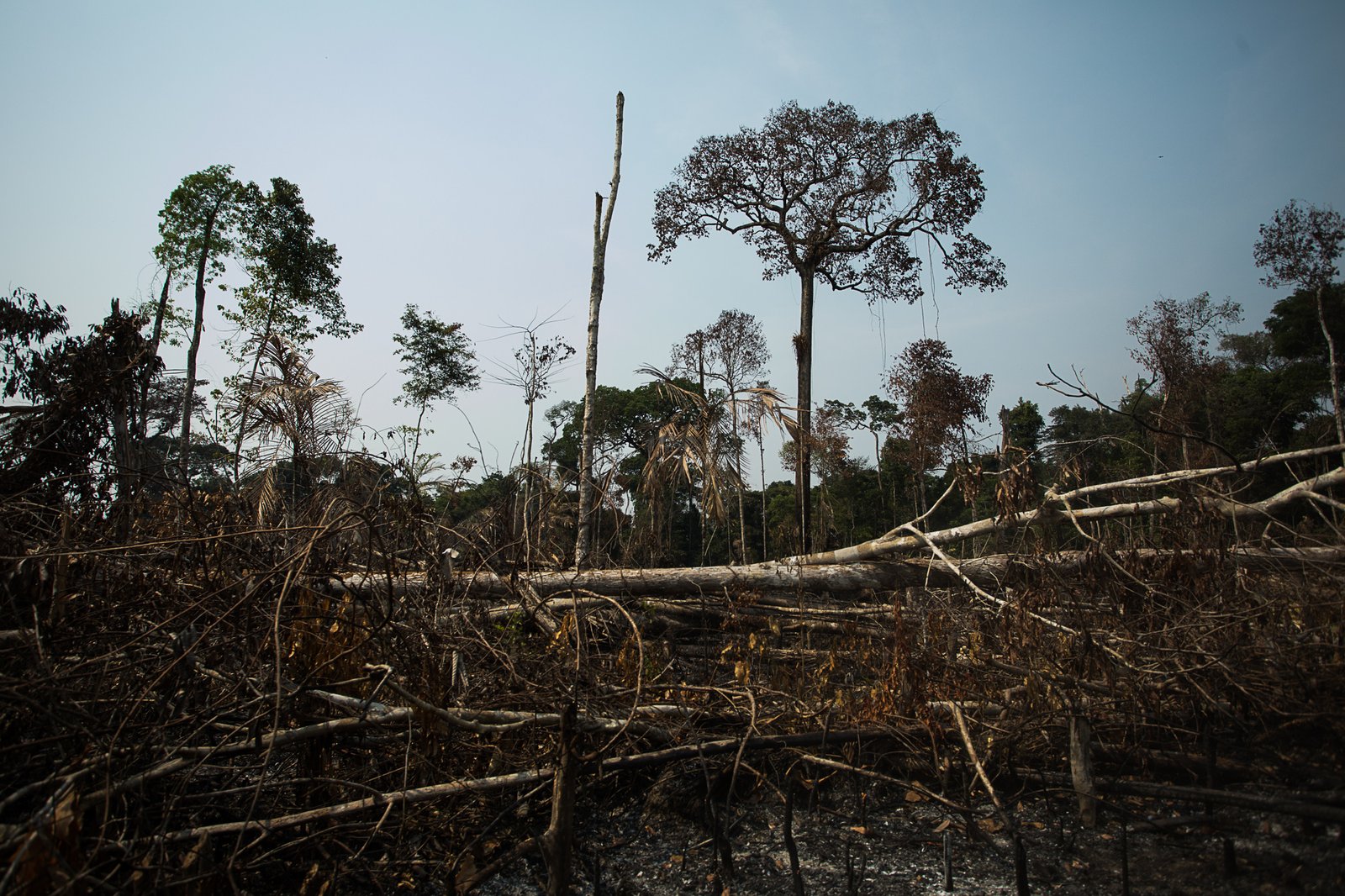
Every minute, an area of Amazon forest the size of a football field vanishes—cut down for timber, farmland, or cattle ranching. The scars left behind aren’t just physical; they disrupt animal migrations, fragment habitats, and expose the forest to more fires and invasive species. Scientists estimate that if deforestation exceeds 20-25% of the Amazon’s original area, the forest’s ability to sustain itself could collapse. We’re already dangerously close: current figures suggest that about 17% of the Amazon has disappeared. The axe swings on, and with every tree lost, the forest edges closer to disaster.
Fire: Nature’s Accelerator
Fire is a rare visitor in undisturbed rainforest, kept at bay by the constant moisture and thick canopy. But human activity has changed that equation. Logging, farming, and even droughts leave behind dry, flammable debris. One stray spark and the flames leap from tree to tree, devouring everything in their path. The fires of 2019 and 2020 shocked the world, turning the sky above São Paulo dark with ash. Fire not only destroys trees but also releases stored carbon, amplifying the greenhouse effect and making the forest even drier. It’s a vicious circle that’s hard to break.
Climate Change: Turning Up the Heat
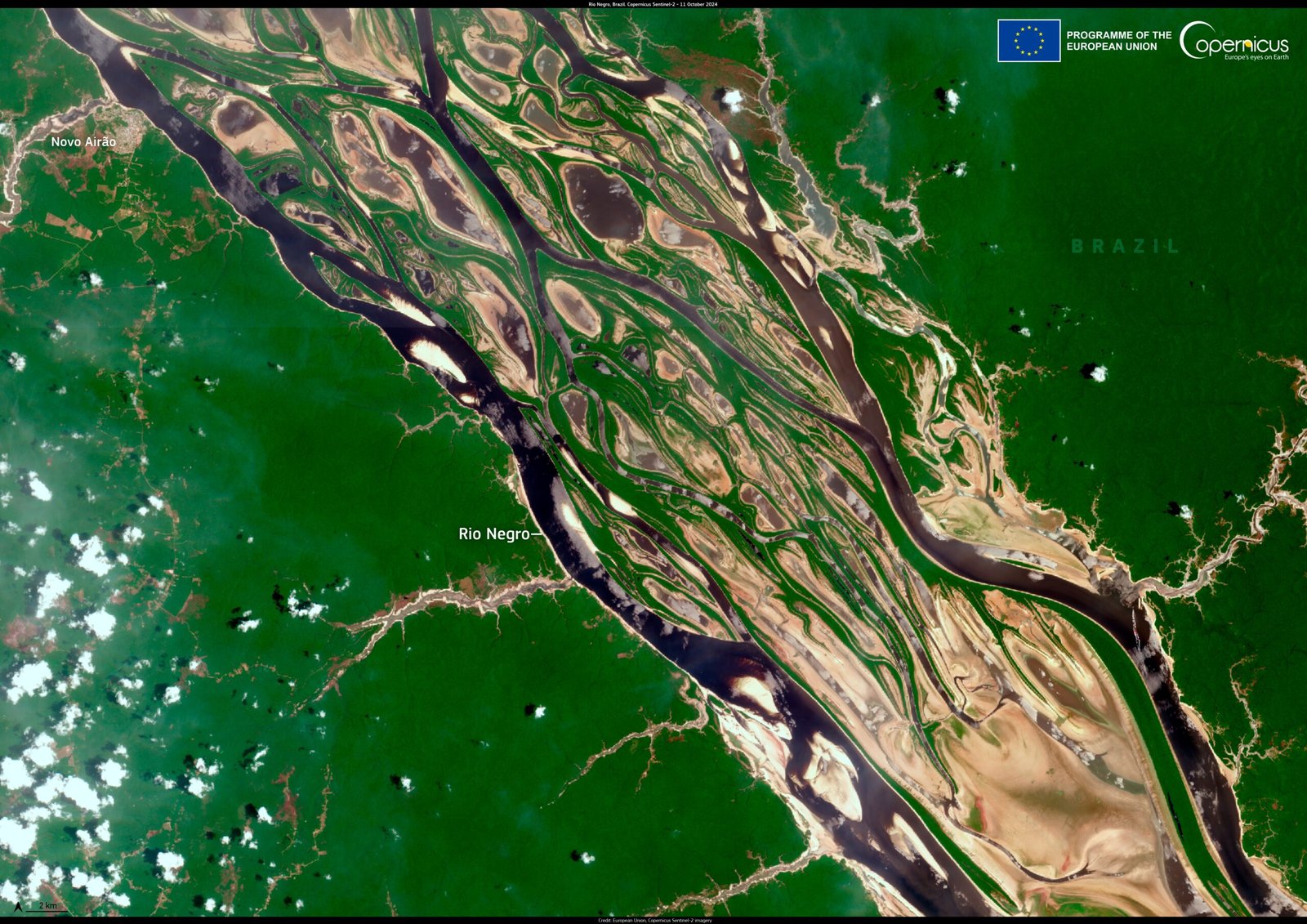
The Amazon is feeling the heat—literally. Rising global temperatures mean longer dry seasons and more intense droughts. Plants struggle to survive, and the delicate balance of species tips towards those that can cope with less water. Some models predict that if temperatures rise by just 3°C, large parts of the southern Amazon could become savanna. The forest’s ability to absorb carbon—a key defense against climate change—weakens, creating a feedback loop that speeds up global warming. It’s a cruel twist: the very forest that helps slow climate change is now threatened by it.
Soil: The Hidden Foundation
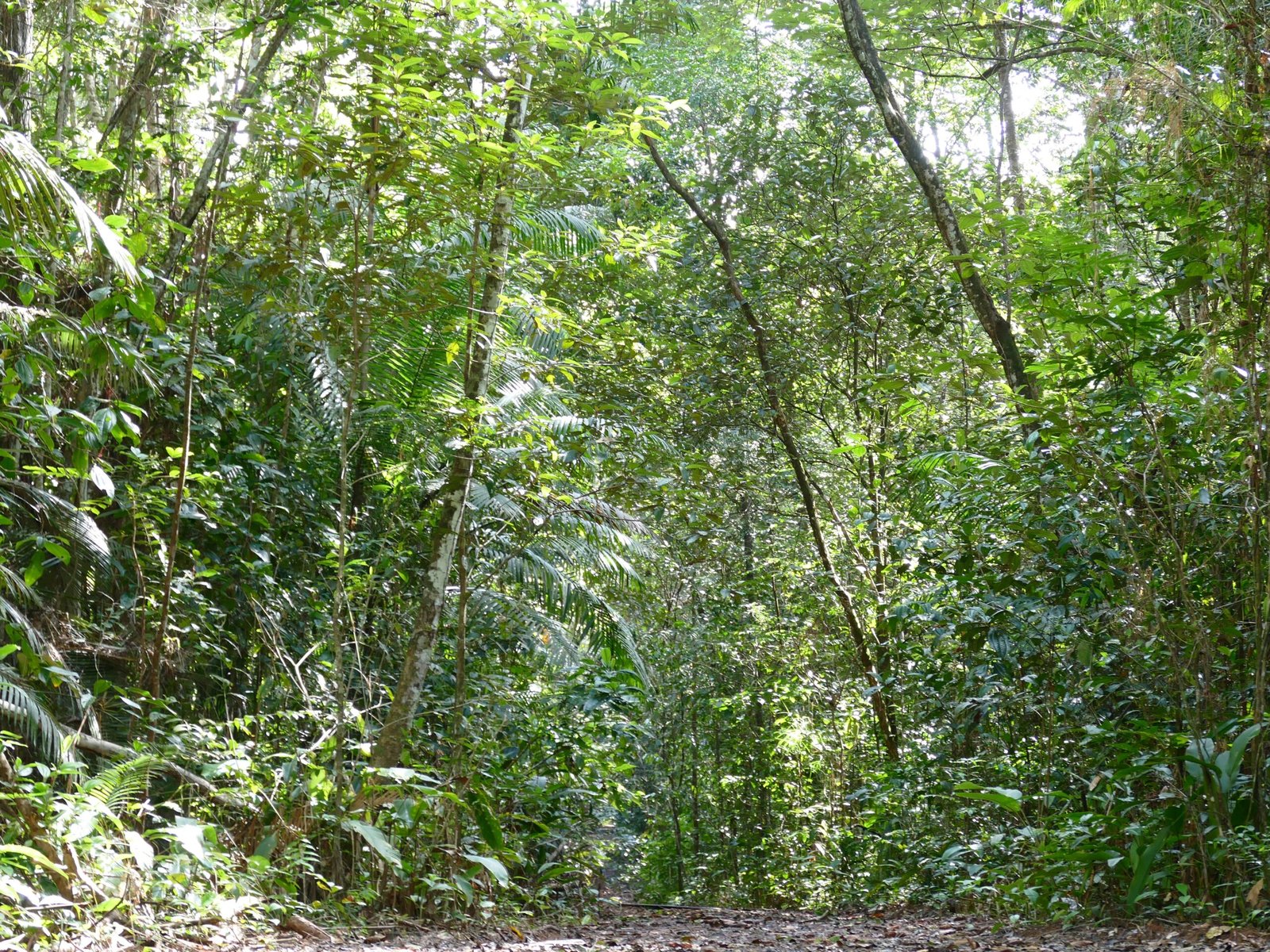
Beneath the Amazon’s lush surface lies surprisingly poor soil. Unlike the rich earth of temperate forests, Amazonian soil is thin and quickly depleted of nutrients. The forest survives because of a near-perfect recycling system; fallen leaves and dead trees decompose rapidly, feeding the roots. But when the trees are gone, this cycle collapses. Without the protective canopy, rain washes away nutrients, leaving behind dry, sandy ground where only tough grasses can grow. What once supported a towering jungle becomes inhospitable to all but the hardiest plants.
Biodiversity on the Brink
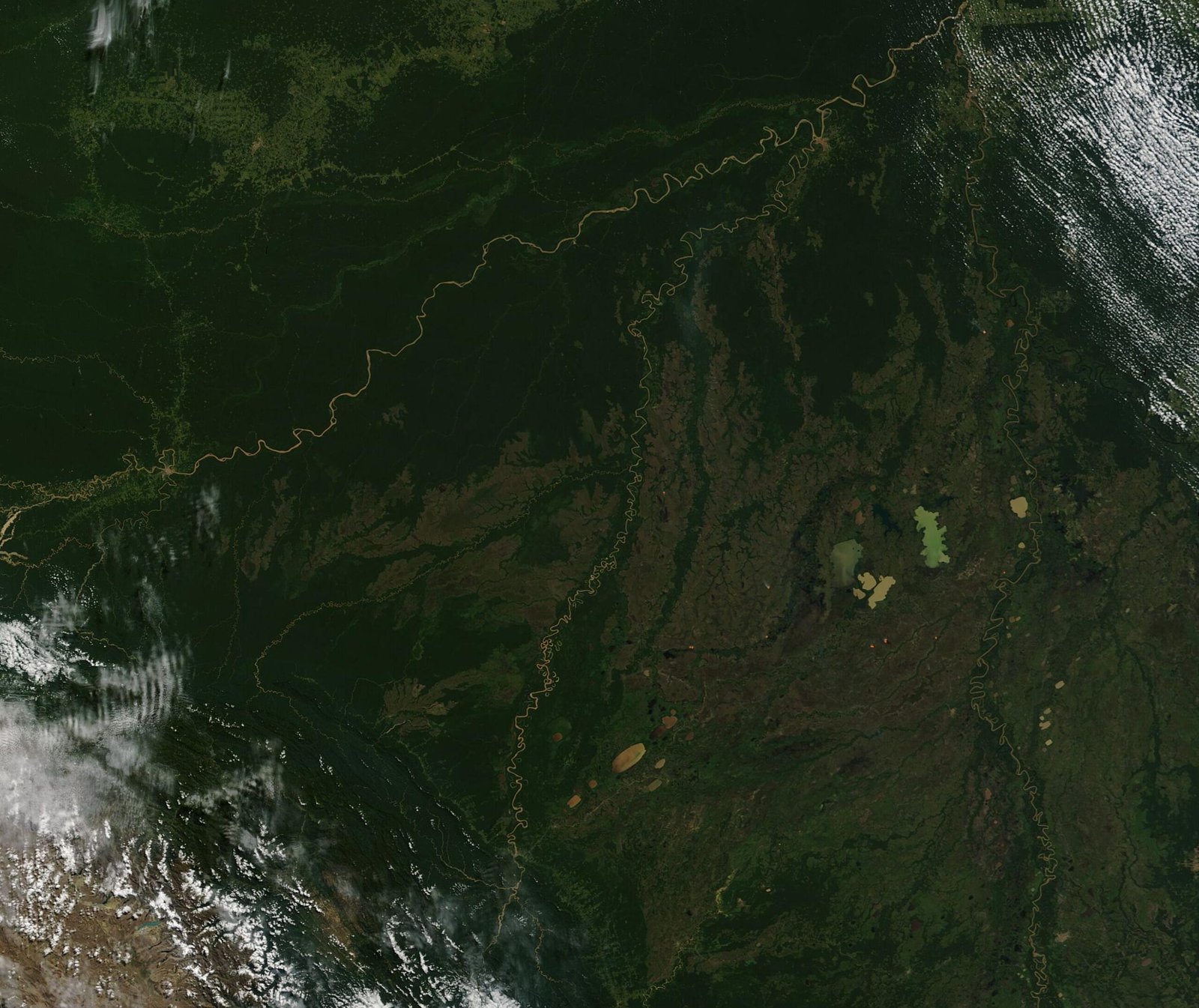
The Amazon’s staggering diversity is both its strength and its vulnerability. Jaguars, harpy eagles, poison dart frogs, and countless insects depend on the forest’s complexity. When the ecosystem changes, specialist species—those that need very specific conditions—start to vanish. As the forest edges toward a savanna state, generalist animals and plants take over, and the unique tapestry of Amazonian life unravels. Some species may disappear before we’ve even discovered them, taking with them potential medicines, foods, and untold wonders.
Indigenous Guardians of the Forest
For thousands of years, indigenous peoples have lived in harmony with the Amazon, using traditional knowledge to manage the land without destroying it. Their voices are vital in the fight to save the forest. Studies show that areas managed by indigenous communities often have lower rates of deforestation and higher biodiversity. Yet, these communities face growing threats from illegal logging, mining, and land grabs. Protecting their rights isn’t just a matter of justice—it’s a crucial part of keeping the Amazon standing.
Economic Pressures and Policy Failures
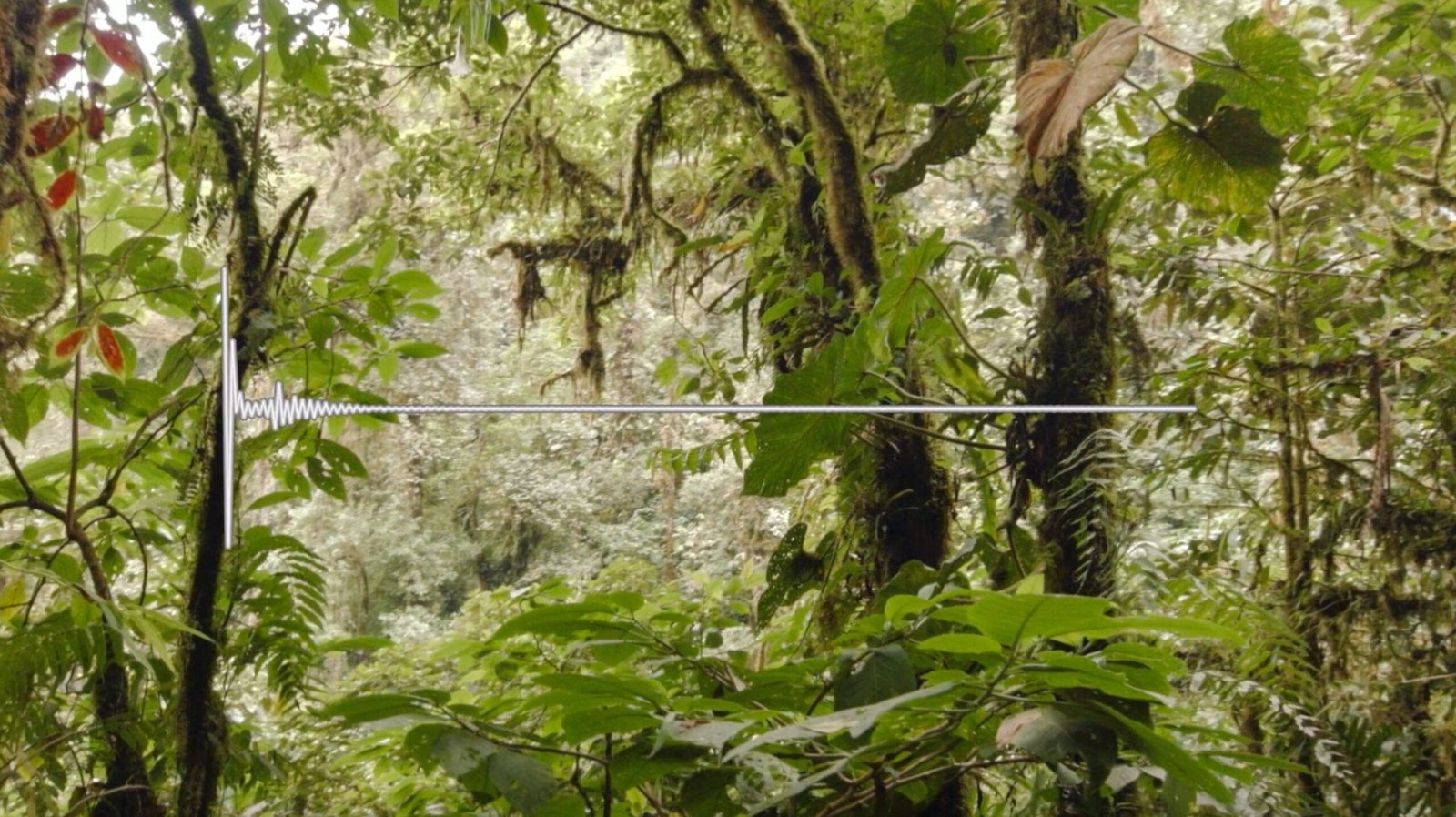
The Amazon is under constant pressure from global markets hungry for beef, soy, and timber. Governments often promise to protect the forest, but enforcement is weak and incentives for conservation are lacking. Corruption, poverty, and lack of alternatives drive local communities to clear land for short-term gain. International agreements come and go, but the chainsaws keep buzzing. Until economic systems value the living forest more than the products that replace it, the Amazon’s future remains uncertain.
The Role of International Attention
The world watched in horror as images of burning Amazonian trees flashed across the news. Celebrities tweeted, politicians made speeches, and donations poured in. But attention is fickle, and the headlines soon moved on. Real change requires sustained commitment, not just moments of outrage. The Amazon’s fate is a global issue—its health affects weather patterns, climate stability, and biodiversity far beyond South America. Will the world act before it’s too late, or will we look back in regret at our missed opportunity?
New Technologies in Forest Monitoring
Advances in satellite imagery and AI now allow scientists to track deforestation in near real-time, spotting illegal logging and fires almost as they happen. Drones swoop above the canopy, collecting data that once took years to gather. These tools offer hope, making it easier to hold governments and companies accountable. But technology is only as effective as the political will behind it. The challenge is turning information into action before the damage becomes irreversible.
Regeneration: Can the Forest Recover?
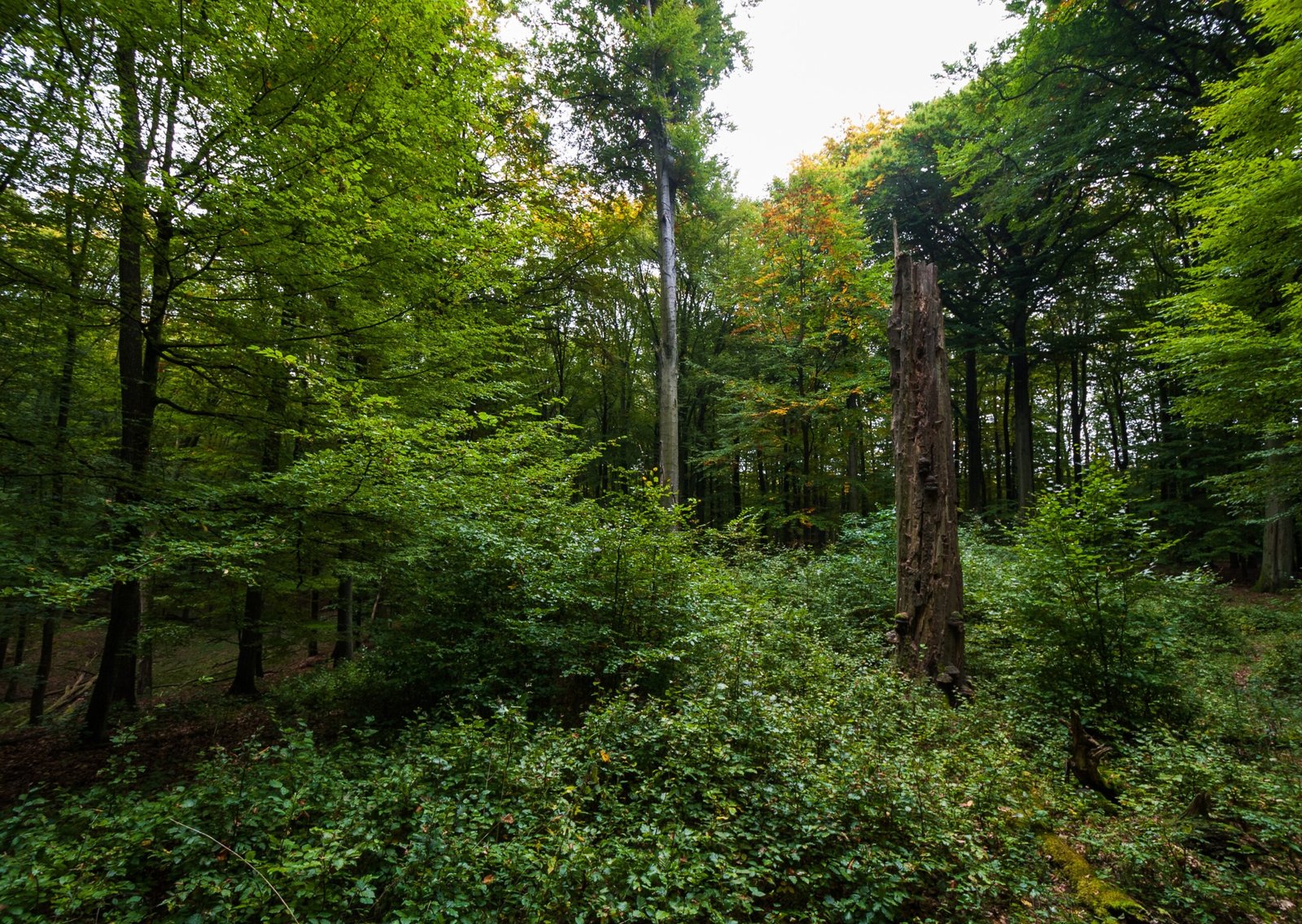
Nature is resilient, but only up to a point. Some parts of the Amazon can regrow if given the chance, with young trees springing up from old roots and seeds carried by wind and animals. Reforestation projects have shown promise, especially when they involve local communities. Yet, recovery is slow and uncertain. Once the tipping point is crossed and local climates dry out, regeneration may become impossible. It’s a race against time: can we restore enough before the balance tips?
Lessons from Other Lost Forests
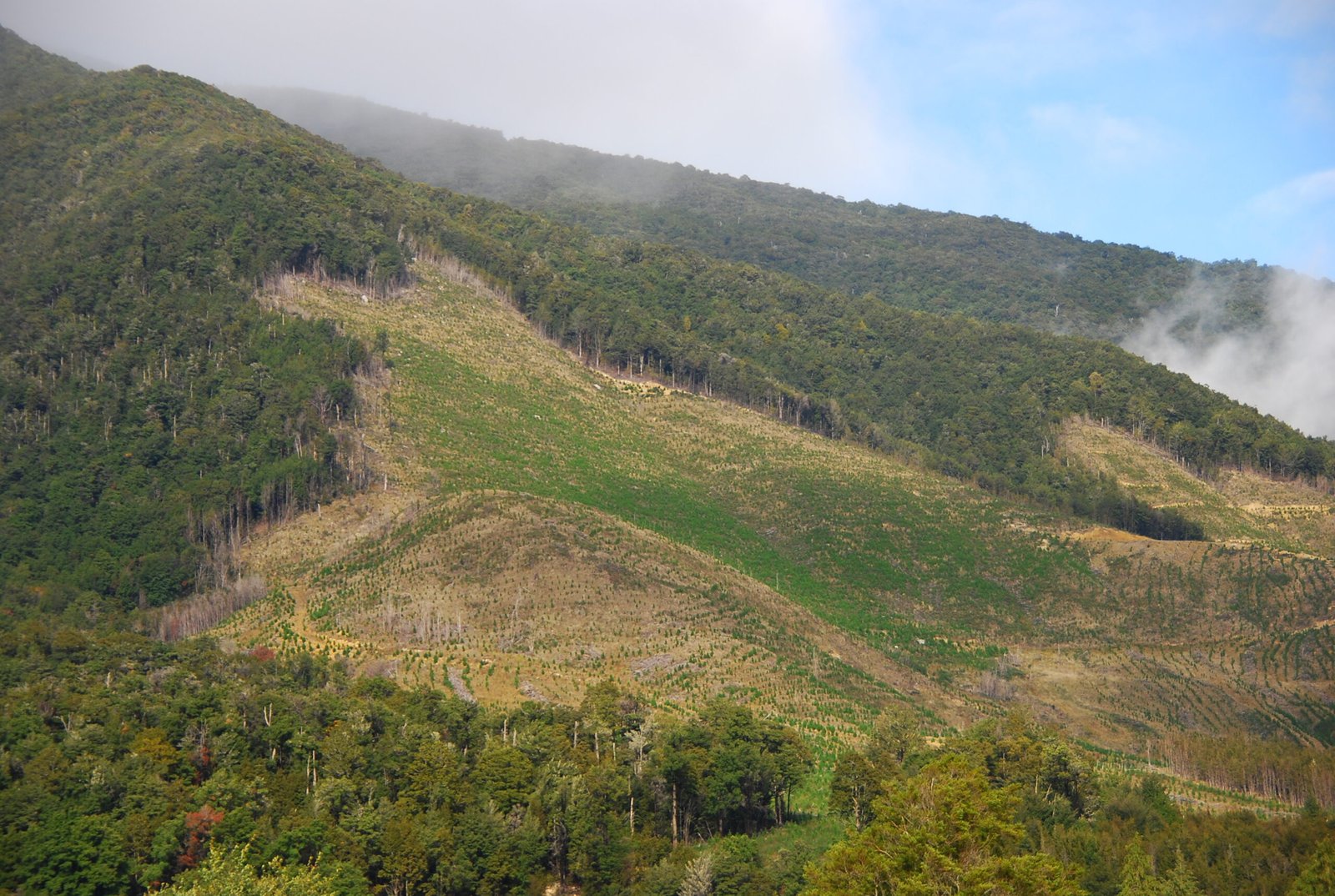
History is littered with warnings. Madagascar’s rainforests, once lush and vibrant, now exist mostly as isolated patches, surrounded by grassland. Southeast Asia’s jungles have been replaced by endless palm oil plantations. In both cases, once the forests were gone, they never truly returned. The Amazon is bigger and more complex, but it’s not immune to the same fate. These examples serve as a sobering reminder that “it can’t happen here” is a dangerous myth.
The Amazon’s Role in the Global Climate
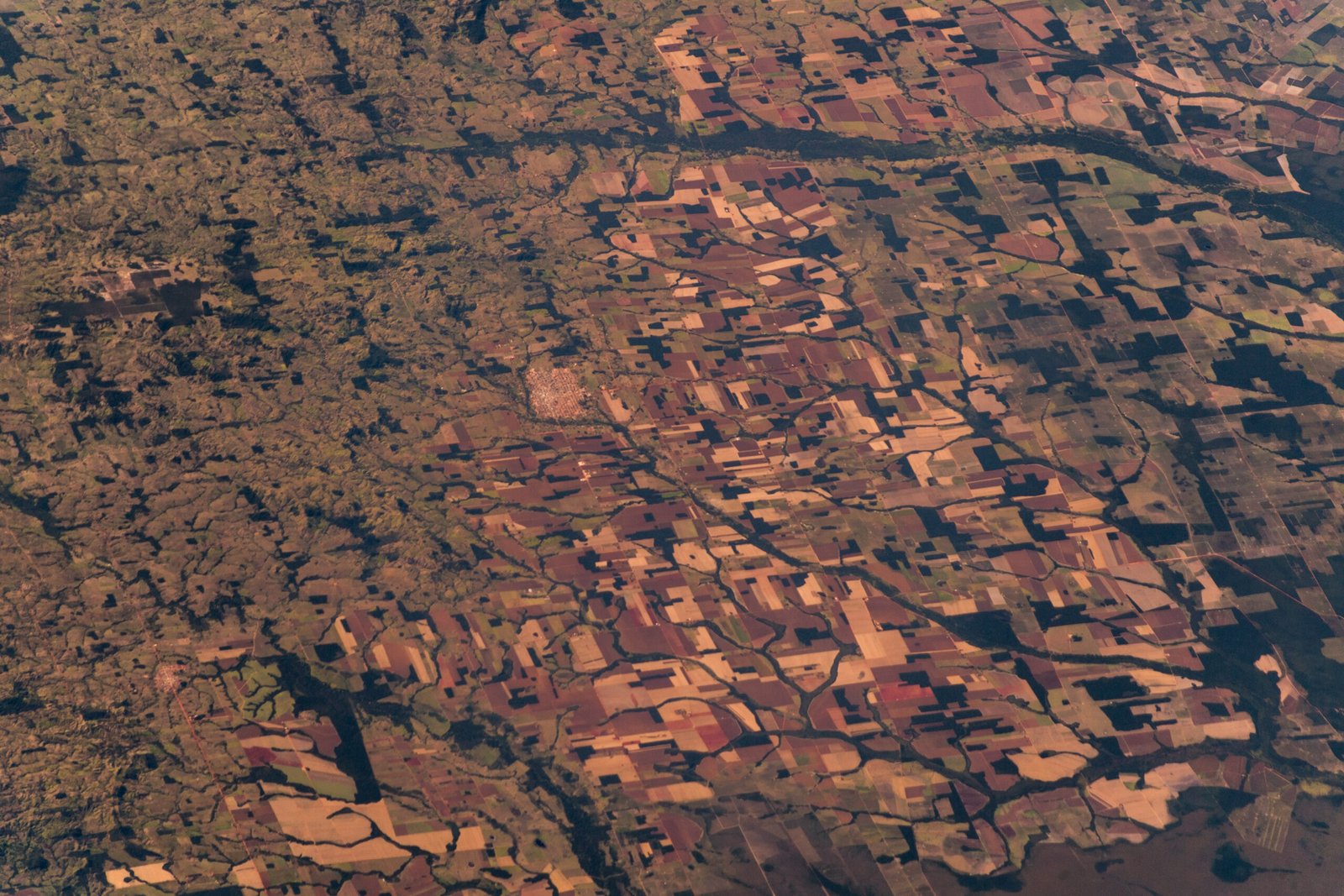
The Amazon acts like a giant air conditioner for the planet, absorbing carbon dioxide and cooling the atmosphere. If it turns to savanna, not only does it stop absorbing carbon, it starts releasing it—like opening the windows in a heatwave. This could add billions of tons of carbon to the air, making climate goals almost impossible to reach. The loss would ripple across continents, affecting rainfall from North America to Africa and changing global weather in ways we can barely imagine.
Local Communities: Between Hope and Desperation
For people living in and around the Amazon, the forest is home, supermarket, and pharmacy all rolled into one. Many depend on its bounty for food, shelter, and income. As the forest shrinks, they face tough choices: clear more land to survive, or find new ways to make a living. NGOs and grassroots groups are working to develop sustainable alternatives, from eco-tourism to forest-friendly crops. But the path is full of challenges, and support is often scarce.
Potential Solutions: Protect, Restore, Transform
Experts agree that saving the Amazon will require a three-pronged approach: protecting what’s left, restoring what’s been lost, and transforming economies. This means enforcing laws, supporting indigenous land rights, and investing in sustainable industries. International cooperation is key—no single country can do it alone. Bold ideas like debt-for-nature swaps or paying countries to keep forests standing are gaining traction. The solutions are within reach, but they demand courage and commitment.
How Close Are We to the Tipping Point?
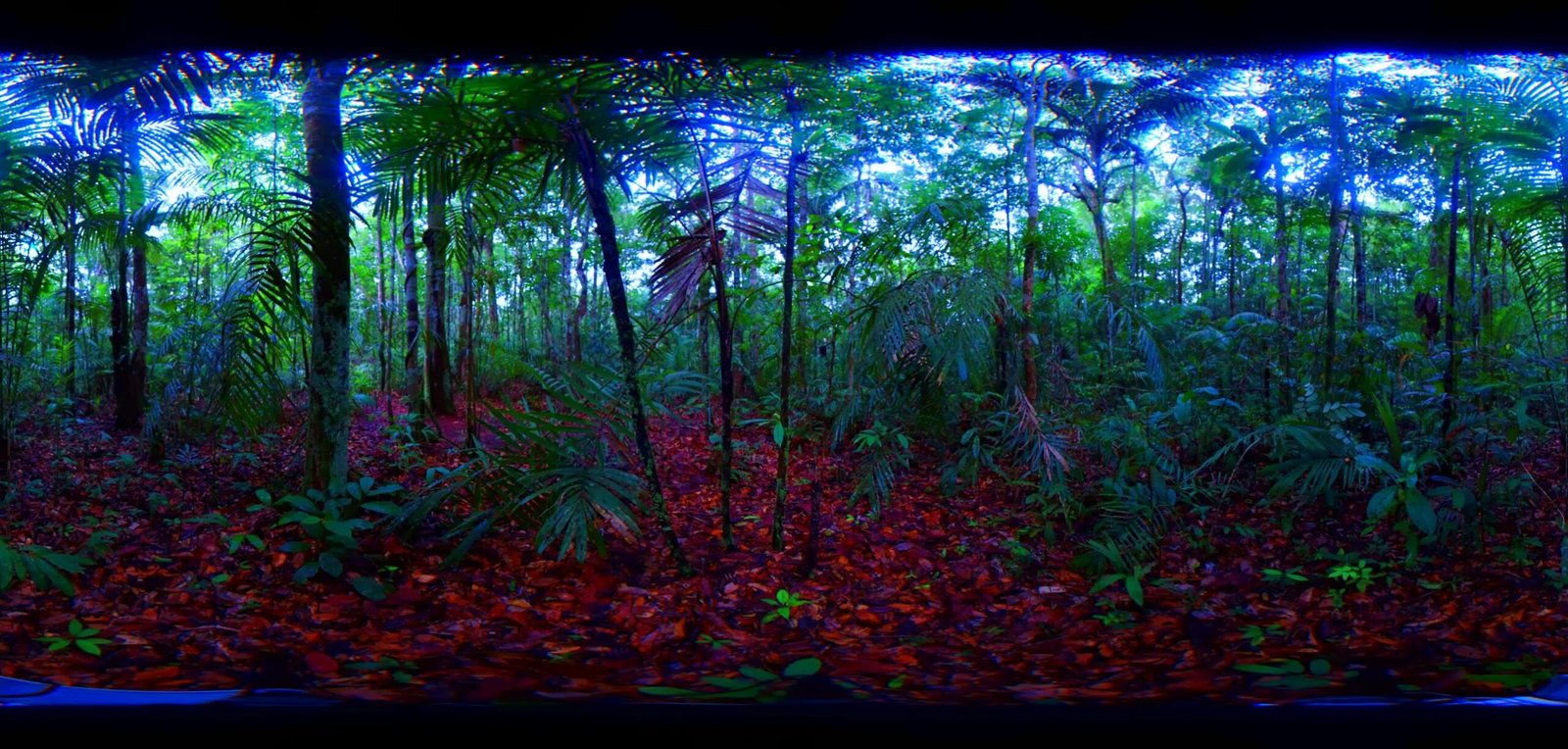
Some scientists warn we could reach the Amazon’s tipping point in the next 10 to 20 years if current trends continue. Others believe parts of the forest are already undergoing irreversible change. The truth is, no one can say exactly when the line will be crossed, but every day of delay makes it more likely. The forest is showing signs of stress—weakening rainfall cycles, more frequent fires, and shrinking biodiversity. The clock is ticking, and the window for action is rapidly closing.
What Can You Do?
You might wonder if one person can make a difference in the fate of the world’s greatest rainforest. The answer is yes—every action counts. Choosing rainforest-friendly products, supporting conservation groups, and spreading awareness all help. Pressure on politicians and companies to adopt sustainable policies can tip the balance. The future of the Amazon isn’t just up to scientists or governments—it’s in the hands of anyone who cares enough to act. Will you be part of the solution or a bystander to history?

